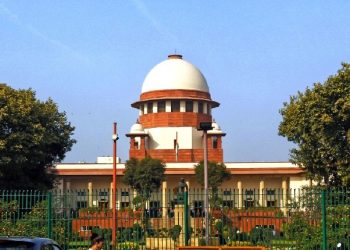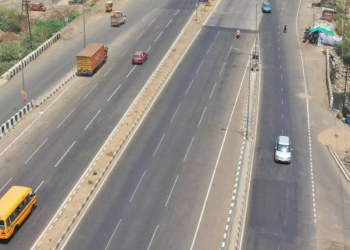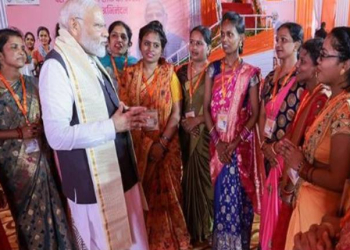New Delhi: It is not only the northern part of India that is in the grip of severe winter pollution but several cities in other regions — including in the central Indian states of Madhya Pradesh and Chhattisgarh — are experiencing a worsening of winter pollution, finds a latest analysis from Centre for Science and Environment (CSE).
The analysis shows that air pollution during winter is a problem in all the cities in these two states, with Gwalior and Singrauli having the worst air quality — as bad as the winter air quality of cities in the National Capital Region and Uttar Pradesh. Nitrogen dioxide (NO2) pollution is also high in these cities, with Indore recording the highest for the region.
Singrauli, a small town in eastern Madhya Pradesh, but designated as a critically polluted area by the Central Pollution Control Board, has the most polluted air in the region with a 2021 average of 81 micrograms per metre cube. It is followed by Gwalior and Katni that have 2021 averages of 56 micrograms per metre cube and 54 micrograms per metre cube, respectively.
The 2021 average has bypassed the 2020 average in all the major cities — Bhopal, Indore, Jabalpur and Ujjain — and it does not meet the annual standard as well.
“Satna has the lowest 2021 average value, but the quality of data from the city’s only station is suspect. Bilaspur, Bhilai and Maihar do not have adequate data for computation of annual values,” a release from the CSE said on Monday.
“Even though real time air quality data is extremely limited in this region, whatever real time data is emerging from only 17 cities of these two big states indicate a growing crisis and vulnerability to winter smog. This demands early and stronger multi-sector action at a regional scale to meet the clean air targets,” said executive director, research and advocacy, CSE, Anumita Roychowdhury.
“Gaps in air quality data and lack of quality control of data makes it difficult to construct reliable air quality trends and do proper risk assessment,” said Avikal Somvanshi, programme manager, Urban Lab, CSE.
“The worsening of air quality in the region has not drawn adequate public attention. In winter, air quality of cities such as Singrauli, Gwalior, Jabalpur and Katni could get nearly three times worse than their annual average levels.”
The CSE analysis of air quality status in cities of Madhya Pradesh and Chhattisgarh is an assessment of annual and seasonal trends in PM2.5 concentration for the period January 1, 2019 to December 12, 2021. This analysis is based on real time data available from the current working air quality monitoring stations in central India.
The analysis covers 18 continuous ambient air quality monitoring stations (CAAQMS) spread across 17 cities in the two states — two stations in Gwalior and one station each at Bhopal, Damoh, Dewas, Indore, Jabalpur, Katni, Maihar, Mandideep, Pithampur, Ratlam, Sagar, Satna, Singrauli, Ujjain, Bhilai and Bilaspur.
Air quality monitoring is still very limited in the central region. Cities in MP have data available for over two years; but real time monitors in Chhattisgarh became operational only in the latter half of 2021, which limits the possibility of assessing long term trends. Therefore, the data is indicative of the current status of air quality and seasonal variations in particulate pollution in medium and smaller cities in the region, the CSE release said.
(IANS)



















